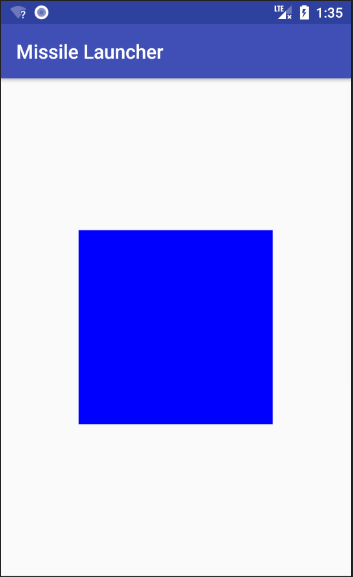I get this warning (from the question title) in a custom Android view I am developing.
Why do I get warned? What's the logic behind it i.e. why is it a good
practice to also override performClick when you override onTouchEvent?

I get this warning (from the question title) in a custom Android view I am developing.
Why do I get warned? What's the logic behind it i.e. why is it a good
practice to also override performClick when you override onTouchEvent?
In some of the other answers you can see ways to make the warning go away, but it is important to understand why the system wants you to override performClick() in the first place.
There are millions of blind people in the world. Maybe you don't normally think about them much, but you should. They use Android, too. "How?" you might ask. One important way is through the TalkBack app. It is a screen reader that gives audio feedback. You can turn it on in your phone by going to Settings > Accessibility > TalkBack. Go through the tutorial there. It is really interesting. Now try to use your app with your eyes closed. You'll probably find that your app is extremely annoying at best and completely broken at worst. That's a fail for you and a quick uninstall by anyone's who's visually impaired.
Watch this excellent video by Google for an introduction into making your app accessible.
performClick()Let's look at a example custom view to see how overriding performClick() actually works. We'll make a simple missile launching app. The custom view will be the button to fire it.

It sounds a lot better with TalkBack enabled, but animated gifs don't allow audio, so you will just have to try it yourself.
activity_main.xml
<?xml version="1.0" encoding="utf-8"?>
<RelativeLayout
xmlns:android="http://schemas.android.com/apk/res/android"
android:layout_width="match_parent"
android:layout_height="match_parent">
<net.example.customviewaccessibility.CustomView
android:layout_width="200dp"
android:layout_height="200dp"
android:contentDescription="Activate missile launch"
android:layout_centerInParent="true"
/>
</RelativeLayout>
Notice that I set the contentDescription. This allows TalkBack to read out what the custom view is when the user feels over it.
CustomView.java
public class CustomView extends View {
private final static int NORMAL_COLOR = Color.BLUE;
private final static int PRESSED_COLOR = Color.RED;
public CustomView(Context context) {
super(context);
init();
}
public CustomView(Context context, @Nullable AttributeSet attrs) {
super(context, attrs);
init();
}
public CustomView(Context context, @Nullable AttributeSet attrs, int defStyleAttr) {
super(context, attrs, defStyleAttr);
init();
}
private void init() {
setBackgroundColor(NORMAL_COLOR);
}
@Override
public boolean onTouchEvent(MotionEvent event) {
super.onTouchEvent(event);
switch (event.getAction()) {
case MotionEvent.ACTION_DOWN:
setBackgroundColor(PRESSED_COLOR);
return true;
case MotionEvent.ACTION_UP:
setBackgroundColor(NORMAL_COLOR);
// For this particular app we want the main work to happen
// on ACTION_UP rather than ACTION_DOWN. So this is where
// we will call performClick().
performClick();
return true;
}
return false;
}
// Because we call this from onTouchEvent, this code will be executed for both
// normal touch events and for when the system calls this using Accessibility
@Override
public boolean performClick() {
super.performClick();
launchMissile();
return true;
}
private void launchMissile() {
Toast.makeText(getContext(), "Missile launched", Toast.LENGTH_SHORT).show();
}
}
Notes
mDownTouch variable which appears to be used to filter out extra touch up events, but since it isn't well explained or strictly necessary for our app, I left it out. If you make a real missile launcher app, I suggest you look more into this.launchMissile()) is just called from performClick(). Be careful not to call it twice if you also have it in onTouchEvent. You will need to decide exactly how and when to call your business logic method depending on the specifics of your custom view.Don't override performClick() and then do nothing with it just to get rid of the warning. If you want to ignore the millions of blind people in the world, then you can suppress the warning. At least that way you are honest about your heartlessness.
@SuppressLint("ClickableViewAccessibility")
@Override
public boolean onTouchEvent(MotionEvent event) { ... }